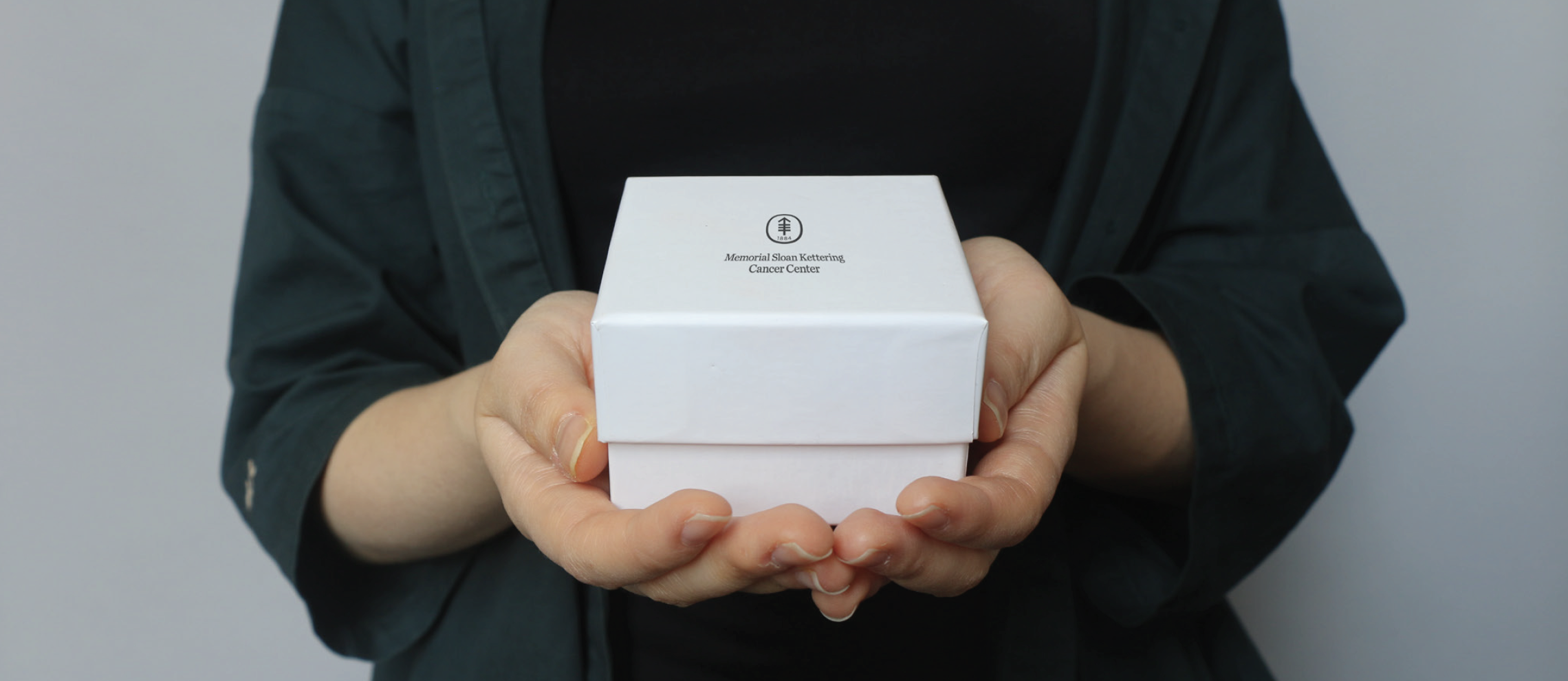The third design intervention focuses on the moment of transition along the cancer patient’s journey. The main goals addressed through the design are emphasizing progress and acknowledging milestones, and also facilitating giving and getting back. This patient to patient intervention, facilitated by hospital staff, the interaction would take place in oncology clinics.
Test of an earlier prototype of a bell served as an inspiration to design a ritual or a symbolic acknowledgement during a transition. Research helped the discovery of the following criterion that enabled creation a successful ritual-
- Casual: Relatively low key interactions avoid any false promise of a cure and keep the experience at a low enough intensity level to be open to patients.
- Self-explanatory: The explanation ensures that both users and non-users understand the meaning and significance of the ritual and allow everyone to feel connected to the experience.
- Patient-driven: Interaction with the ritual should be open enough to allow patients to scale up or down their interaction according to their personal preferences.
- Communal: Meaningful connection with staff and loved ones through the ritual is often more important than the ritual itself. Additionally, having the ritual in a shared space where it is visible to fellow patients allows for patients to get excited as they anticipate their turn.
- Give back: The ritual could create an opportunity for patients to pass to give back to an individual patient, MSK as an institution, or to the broader cancer community.
The power of the ritual could be expanded with two intervention points, 1) patients in their first monitoring meeting; and 2) patients who were five years into the monitoring phase. The five-year mark after treatment is particularly important to cancer patients as survival rates are typically reported in 5-year increments. Reaching the milestone of 5 years after treatment is a significant moment, that is marked by patients, but not always acknowledged by the staff.
As part of the ritual, patients who are five years into the monitoring phase are given a small box. In it sits a card that says “In the last five years I have learned…”, and a small sheet of instructions encouraging them to fill in the card and place a small token that will be given to a patient starting monitoring. This ritual is meant to be an opportunity to reflect on the progress made, acknowledge some learnings or personal growth, and take an opportunity to give back to someone who is in a similar situation to what someone experienced. Patients in their first monitoring meeting will receive this box. The card will carry the learning, that may now serve as a piece of advice, and the token could act as a talisman for the patient as they continue their cancer journey. This ritual is meant to mark the milestone, as well as give patients a sense of support and community.

Finally, the handover of the box should be a facilitated moment. The physician’s office assistants or front of line staff in the oncology clinics are often people who know the patients best. They have a sense of their personalities and can best gauge their moods during each visit. This intervention would also represent a small ritual for them, where they would be responsible for checking the contents of the boxes and selecting an appropriate pairing for each patient.

